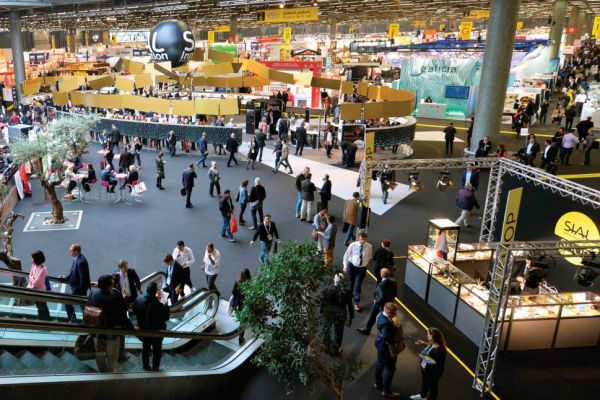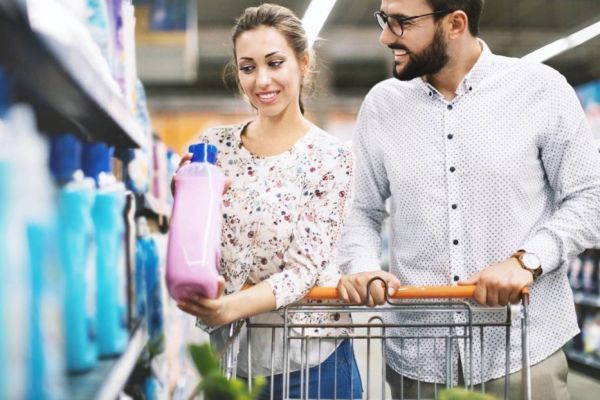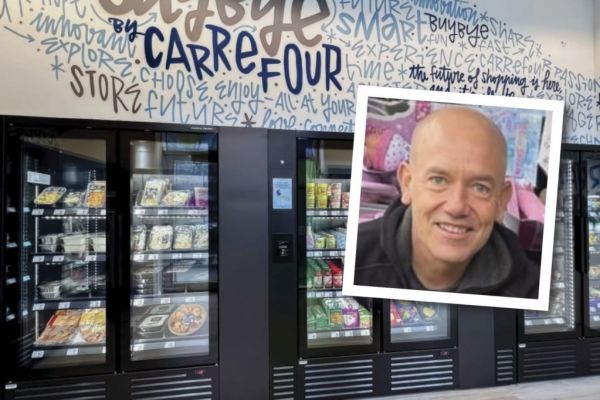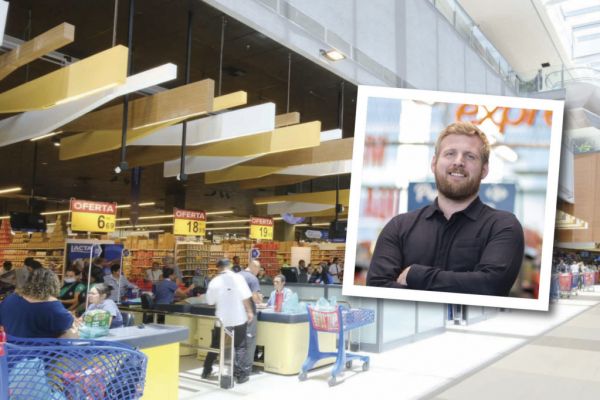Ahead of this year’s SIAL exhibition, ESM chats to Valentine Bauret, managing director of French food club Agro-Développement, about some of the macro trends affecting food consumption in France at present. This article first appeared in ESM Issue 5 2018.
There are few places more relevant to discover the latest global food trends than SIAL Paris, with some 85% of the exhibitors present hailing from overseas. But closer to home, what are the key food trends influencing French consumers, and how well are brands and retailers alike seeking to meet these trends?
ESM spoke to Valentine Bauret, managing director of Agro-Développement, a collective of around 50 small to medium-sized food manufacturers, which aims to connect retailers with family-owned businesses.
“Our members are changing regularly – it brings in fresh blood,” Bauret says. “We are really focused on discovering what is relevant for the customer, for the market, and how our members can adapt what they are doing to make it appeal to more shoppers.”
Consumer Factors
As Bauret explains, French consumers are increasingly aware of the need for sustainable, healthy products, but they don’t want to pay over the odds for them.
“French consumers, at the moment, want products that are good for them, but are also good for the planet and don’t compromise on price. It’s something you see in other developed countries, but it’s maybe more important here in France,” she says.
That is coupled with a growing demand for convenience, with French consumers “no longer having much time to eat or to cook,” Bauret continues. “People rarely prepare three-course meals nowadays. That’s only for special occasions. Yes, there is a trend for do-it-yourself baking and things like that, but, in the main, French consumers spend less and less time eating and less and less time cooking.”
There has also been widespread adoption of the flexitarian movement because while most consumers don’t identify themselves as vegetarian, “they want to eat less meat, and when they do, they want it to be of good quality. Only about 5% of the population is vegetarian, and vegans are even fewer, but every retailer is aware of the need to have a strong offering in this area because of the rise of flexitarianism.
“Plant-based products are huge. It’s a market that has almost doubled in the past two years, especially in dairy and meat alternatives.”
Among city dwellers, Bauret believes that there has been a pronounced “return to nature”, with a rise in ‘super ingredients’ such as quinoa and avocado, a demand for reduced-fat, -sugar and -salt products, and the rise of clean-label products.
“One of the things that has helped drive that, I think, has been a successful app, Yuka, which enables you to scan a product and see how healthy it is. It’s received a lot of coverage in health magazines and women’s interest magazines, and now you see people with their phone out in the supermarket, scanning products before buying them, which manufacturers should take note of.”
Organic Enters The Mainstream
While organic penetration across Europe differs depending on the market, in France, it is now very much part of the mainstream.
“Organic products saw a 20% rise amongst our members last year, and for most retailers, the question isn’t whether they should develop an organic aisle in their stores, it’s whether they should open stand-alone organic outlets,” says Bauret.
“All the big players are opening their own bio store, and there are a number of specific organic brands, like Biocoop and Bio C’est Bon, which are blossoming everywhere, even in smaller towns and cities.
“France is a bit ahead of the curve when it comes to organic. I recently met with a top executive at a UK retailer, and she told me that, for the UK market, organic is not as important as ‘Made in Britain’, but in France, organic is very much part of the mainstream.”
This, in turn, has led to French consumers being increasingly divergent in terms of their shopping habits, seeking particular products from different retail channels.
“They may go to a discounter for some products and an organic store for others, or even a high-end store for specialist items,” says Bauret. “I have no doubt that the 30% of so of French consumers that declare themselves to be flexitarians still enjoy a very good glass of Bordeaux with their fine cheese. Just because your shopping habits have changed, you’re not going to give up certain things altogether.”
With France still very much the land of the hypermarket, Bauret says that retailers that are highly leveraged in that space are utilising the additional surface area (particularly in declining areas, such as non-food) to be more creative and embrace some of these new trends in store.
“You find that a lot of hypermarkets are giving away space to a special category hero or organic product range,” she says. “It tends to work very well.”
The Rise Of Localisation
Local brands tend to be more trusted than mainstream brands to French consumers, who are especially loyal to authentic businesses from their surrounding area.
“A lot of our members are considered local, regional brands and are in high demand at present,” says Bauret. “For larger companies, it’s interesting to look at how this trend is progressing from an industrial point of view, as a lot of the new products that are developed seek to adopt a 'traditional' appearance, such as the use of a family name or the 'maison 'prefix, to signify there’s a human behind the brand name you can trust.”
This has given rise to concepts such as C’est Qui le Patron (which translates as ‘Who’s the Boss?’), wherein consumers can log on to a website and vote for the products they want to see developed by the farming community.
“The idea behind C’est Qui le Patron was to develop a milk brand that was good quality, made locally, and offered farmers a decent price,” says Bauret. “It was a bit like Kickstarter – some 8,000 people responded, saying, ‘This is what it should be called. This is how it should be priced. This is what it should look like.’
“It was a completely transparent initiative, showing consumers the cost of production, the cost of packaging, the cost of distribution, and making consumers aware of how much the farmer ends up with at the end of the day. The milk is actually more expensive than at the big retailers, but consumers are buying into the project, and it’s been expanded into areas such as apple juice and seafood.”
Another knock-on effect of the rise of localisation has been the development of filières between retailers and farmers, which, while not having a direct translation into English, refers to medium- to long-term agreements between both parties to ensure a set quantity and price for products over a given period.
Such agreements enable retailers to bolster their local credentials, while also giving the farmers a reliable source of income.
Waste Management
While the issue of how to deal with packaging waste is perhaps not as prevalent in France as it is in other markets, legislation governing food waste management means that retailers are increasingly looking to reuse surplus food in the development of new products.
“The ‘wonky veg’ concept that is now well known all around Europe was originally an initiative by Intermarché and is still very successful,” says Bauret, “but it has now given rise to new product categories. Monoprix recently developed a jam developed from fruits that are too ripe, for example.
“Something else that retailers are adopting to deal with food waste is bulk-buying. Biocoop and the other organic stores were big proponents of this, where consumers bring in their own packaging and fill it with the required amount of product in categories such as rice, coffee, pasta, and so on. Most of the mainstream retailers are now offering this as well.”
As Bauret explains, measures such as these are all with a view to improving transparency, which is an increasingly important consideration governing how consumers shop.
“Where the product is made, how it’s made – these are things that the consumer is actively seeking out,” she explains. “The concept of Responsabilité sociétale des entreprises – known in English as CSR – is starting to become more widely known to the end consumer, who expects to be able to source the information they require on your brand, as and when they want it.”
Providing this level of visibility, coupled with the need to consider ethical considerations, product formulation and value for money, indicates the challenges facing brands in one of Europe’s most traditionally minded yet complex retail markets.
© 2018 European Supermarket Magazine – your source for the latest retail news. Article by Stephen Wynne-Jones. Click subscribe to sign up to ESM: European Supermarket Magazine.














